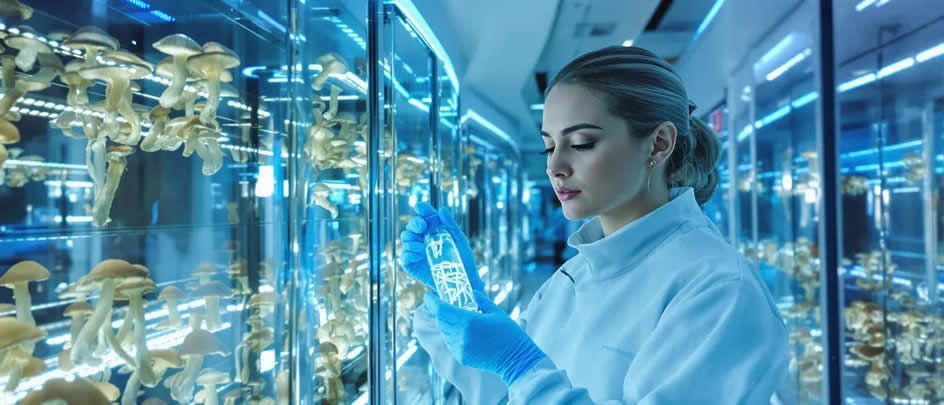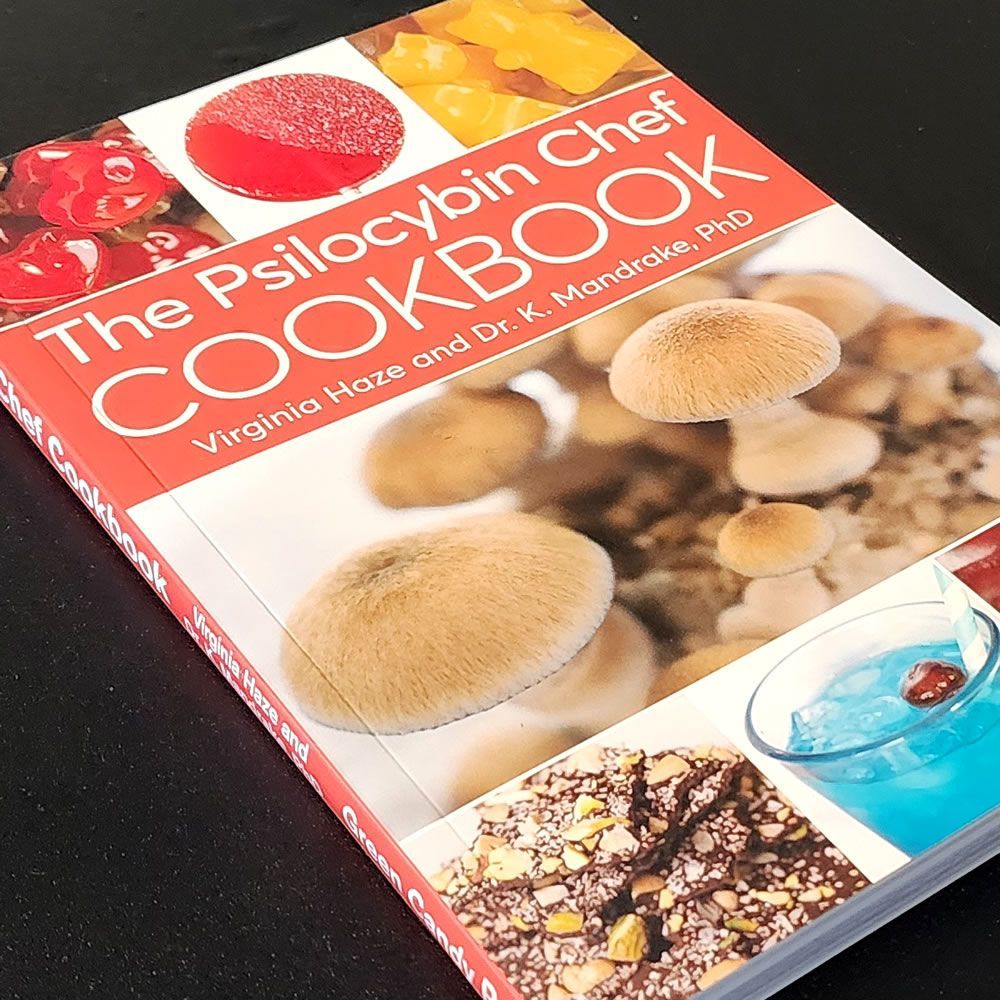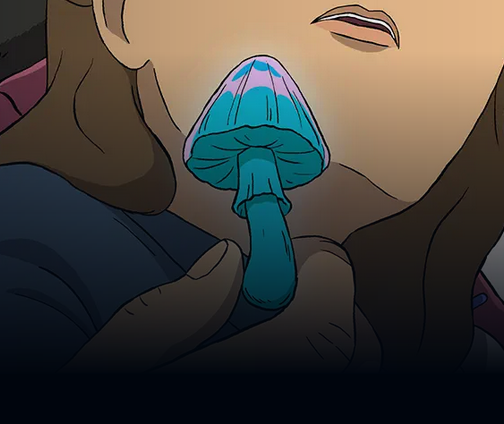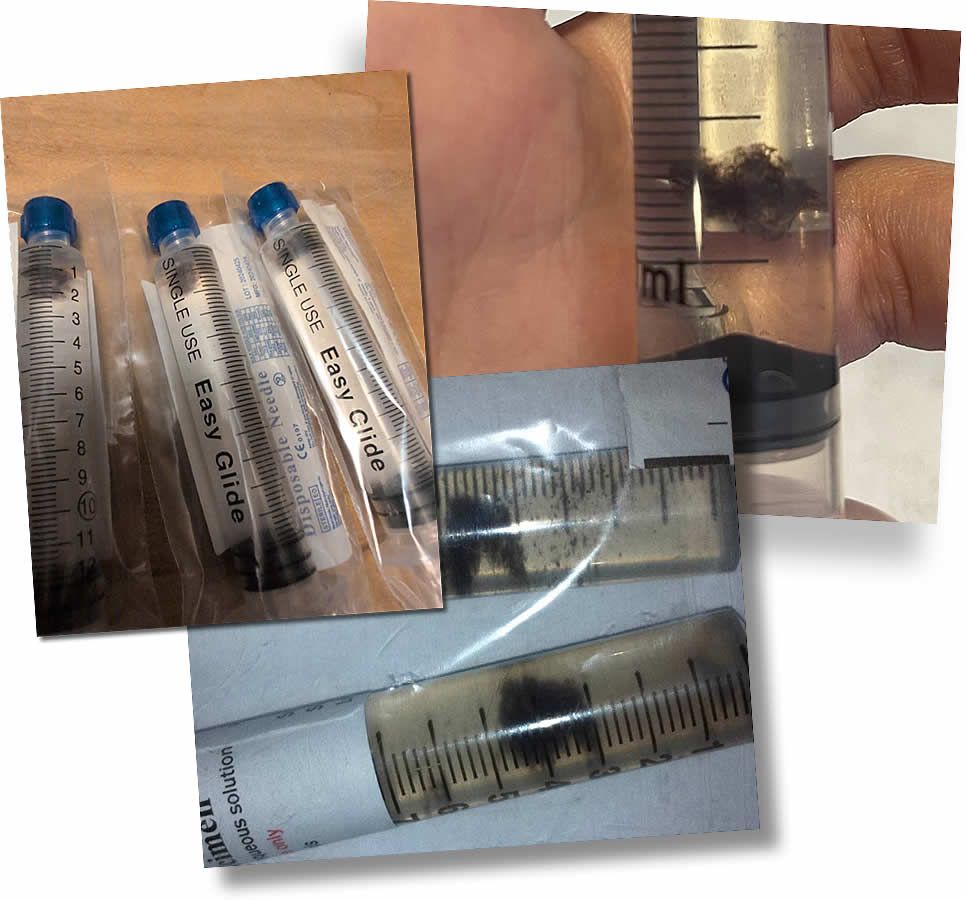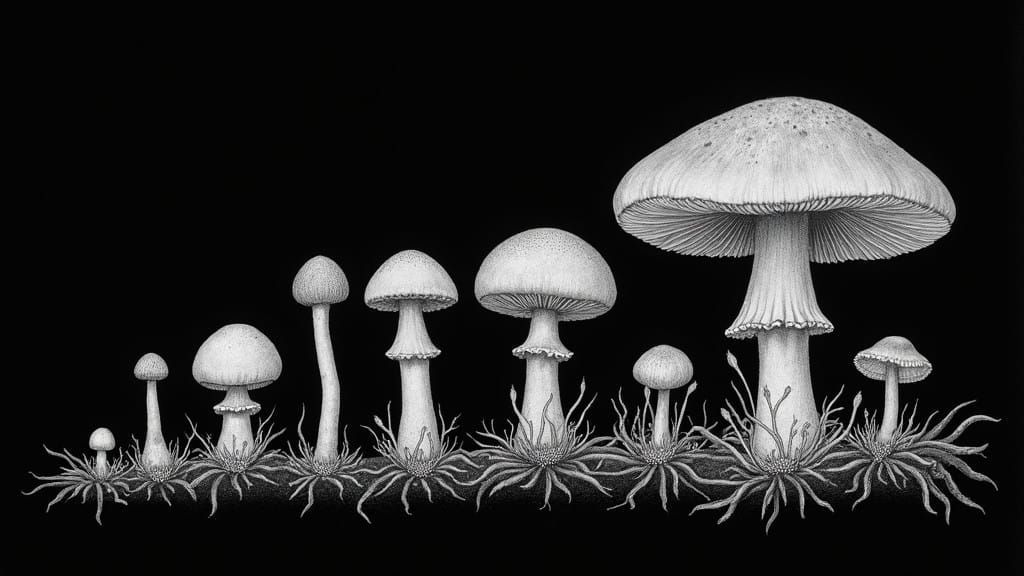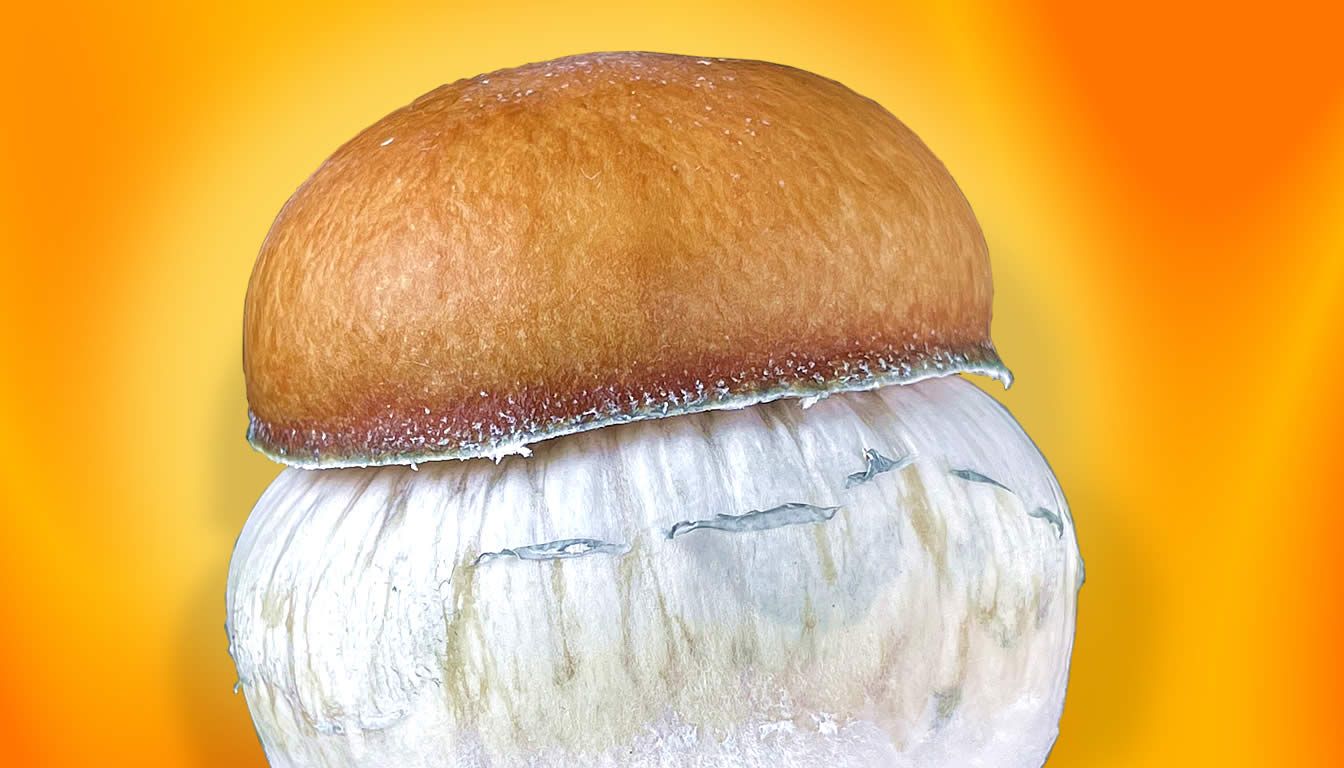Stacking Psilocybin Microdoses
Exploring Functional Blends for Brain & Body
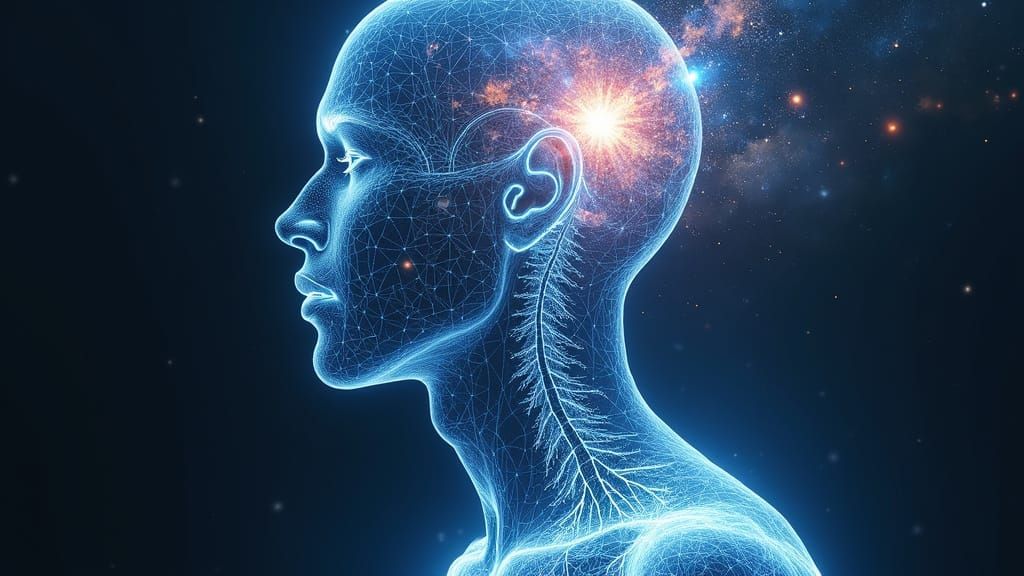
The evolving art of microdosing and stacking for healing, focus, and self-regulation
Microdosing psilocybin—taking very small, sub-perceptual amounts of psychedelic mushrooms—has gone from niche experiment to mainstream curiosity over the past decade. But as the practice grows, so does the innovation. One of the most exciting developments in the space right now is stacking: combining microdoses of psilocybin with other natural supplements like adaptogens, nootropics, or functional mushrooms to amplify and refine specific benefits.
What began as a personal journey for many has turned into a collective exploration. People from all walks of life are now stacking different ingredients to support mental clarity, trauma recovery, neurogenesis, and even addiction healing.
A Brief History of Microdosing
The idea of using psychedelics in very small amounts dates back to the 1960s, but modern microdosing culture really took off in the early 2010s. Tech entrepreneurs and creatives in Silicon Valley began publicly praising microdosing LSD and psilocybin for increasing focus, creativity, and productivity. Word spread fast—especially through online forums and communities—and pretty soon, the term “microdosing” became a buzzword in both wellness and biohacking circles.
But it didn’t stop there. As more people began to experiment, a question naturally emerged: what happens when you combine microdosed psilocybin with other beneficial substances? That’s where stacking came in.
What Is Stacking?
Stacking is the practice of combining psilocybin microdoses with other natural compounds in order to target specific effects or support long-term health goals. For example, you might pair a microdose with lion’s mane mushrooms for cognitive support or with CBD to help with anxiety and inflammation. People now build personalized stacks for everything from PTSD and trauma recovery to ADHD, addiction, and burnout.
The most well-known example is the Paul Stamets Stack, which consists of:
- Psilocybin
- Lion’s Mane (Hericium erinaceus)
- *Niacin (Vitamin B3)
This stack was developed to promote neurogenesis—the growth of new brain cells—and support healing from traumatic brain injuries and neurological conditions. Some users now add CBD to this stack for its anti-inflammatory and mood-regulating properties, making the formula even more balanced and restorative.
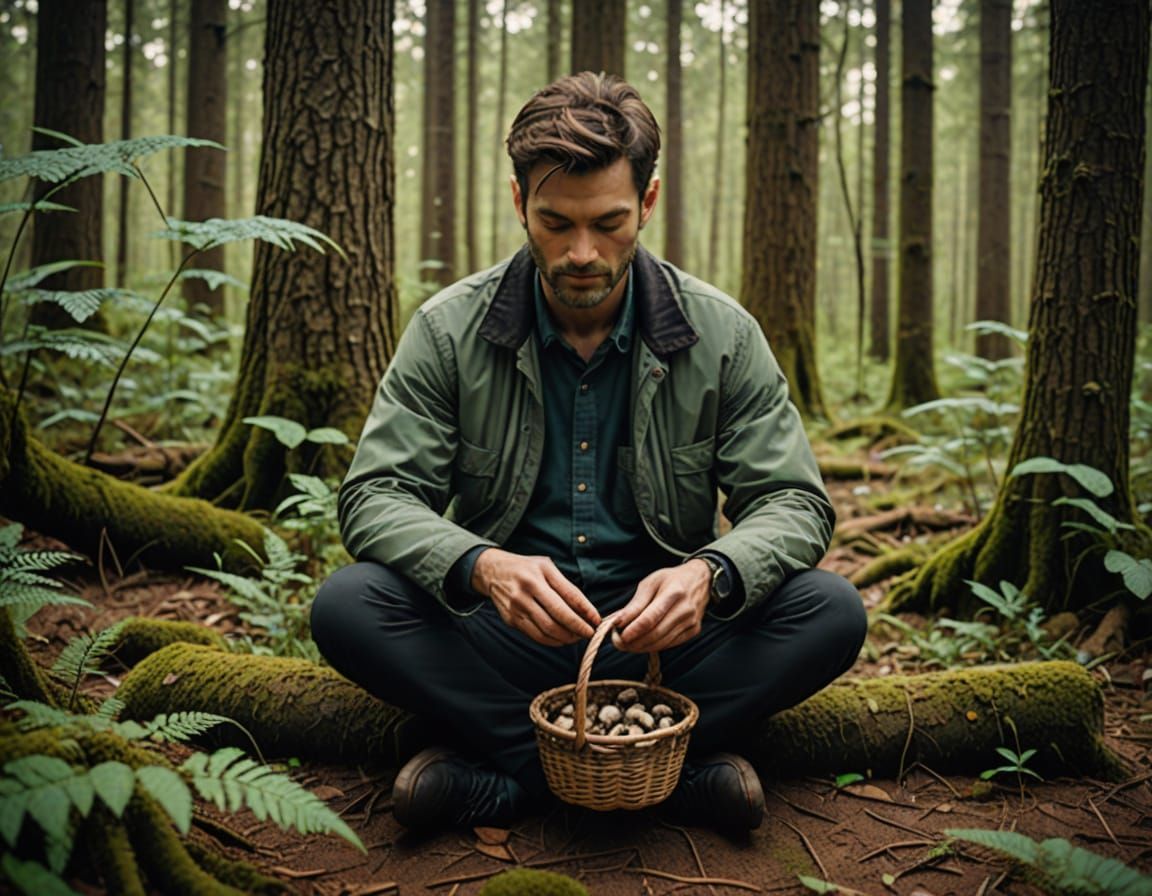
Real Stories of Transformation
While scientific research is still catching up, thousands of anecdotal reports suggest that stacking microdoses with other supplements may accelerate healing and create lasting positive change. Here are three real-world examples from individuals experimenting with their own personalized stacks:
1. Addiction Recovery (Chris, 39 – Ontario)
"I was using opioids daily for nearly five years. I’d been in and out of rehab, and nothing stuck. A friend told me about microdosing, and I started with just psilocybin on its own. Eventually I added reishi mushrooms and NAC (N-acetyl cysteine), which helps with dopamine regulation. Within a couple months, I noticed a serious drop in cravings. My mood leveled out. I’ve been clean for over a year now."
2. Brain Injury Recovery (Leila, 31 – Portland)
"After a concussion in 2021, I had constant brain fog, trouble with memory and language. I started the Stamets Stack but tweaked it by swapping niacin for turmeric and adding CBD. It wasn’t immediate, but after a few weeks I noticed better mental clarity and fewer headaches. Now I stack once a week and feel sharper than I have in years."
3. PTSD Management (Tyrell, 45 – Calgary)
"Coming home from overseas with PTSD was hell. I couldn’t sleep, I was constantly on edge. I started stacking psilocybin with ashwagandha and L-theanine, and the change was gradual but real. My sleep improved. My anxiety doesn’t spike like it used to. This combination gave me enough mental space to start therapy and actually stick with it."
Sample Stacking Combinations
Below are a few stacking combinations commonly used today, depending on the desired outcome. These aren't one-size-fits-all formulas, but rather starting points that many microdosers customize over time:
Stack NameIngredientsIntended BenefitFocus & FlowPsilocybin + Lion’s Mane + RhodiolaCognitive endurance, productivityCalm ClarityPsilocybin + CBD + L-theanineAnxiety support, emotional balanceNeuro RegenPsilocybin + Lion’s Mane + Niacin + Omega-3sBrain repair, TBI recoveryEmotional ResetPsilocybin + Reishi + AshwagandhaStress resilience, trauma integration
Dosing schedules vary, but common methods include:
- Fadiman Protocol: One day on, two days off
- Stamets Protocol: Four days on, three days off
- Intuitive dosing: Based on mood, need, or cycle awareness
A Word of Caution
While these stories and stacks are inspiring, it’s important to acknowledge that this is still a grey area legally and medically. None of this is medical advice, and the information in this post has not been reviewed by any health authority. If you’re thinking about trying microdosing or stacking, do your research, know the laws in your area, and proceed with caution. Use at your own risk.

Growing Your Own Mushrooms for Microdosing
Many people choose to grow their own mushrooms for microdosing to ensure quality, consistency, and control over the strain they’re using. If you're ready to take the next step, check out these spore options from Spores101.co:
- Spore syringes – Ideal for beginners looking to inoculate substrate jars or grow bags with ease.
- Spore prints – Great for those who want to create their own syringes and store genetics long-term.
- Isolated or liquid culture syringes – Perfect for faster colonization and more predictable results using refined genetics.
Whether you’re growing for research, preservation, or to craft your own microdosing stack, Spores101 has the tools and genetics you need to get started.
Stacking microdoses of psilocybin with other natural supplements is opening up a new chapter in functional wellness. People are taking healing into their own hands—experimenting, sharing notes, and refining what works. The results speak for themselves: increased focus, emotional resilience, brain recovery, and a deeper connection with self. The future of psychedelics isn’t just about tripping—it’s about transforming, slowly and intentionally, one stack at a time.
